Château Relais Du Cheval Blanc
Château Cheval Blanc
Le Petit Cheval St. Emilion Bordeaux Sauvignon Blanc Blend 2019
Château Marjosse
Red Bordeaux Blend 2018
2018 vintage. No way one would situate this in the humble Bordeaux appellation in a blind tasting, but that shouldn't come as a surprise, since this estate is owned by Pierre Lurton (who also manages Cheval Blanc and Yquem). A blend of 80% Merlot with Cabernet Franc, Cabernet Sauvignon and Malbec. Give it some time to open up or decant, as this is structured to age. Interestingly it tastes like a compromise between right and left bank. The fruit is more black than red, the wine has a serious tannin structure, balanced by good acidity and serious length. Another Bordeaux boxing above its weight. Highly recommended. Abv. 14,5 %. — 5 years ago
Cheval Quancard
Cuvée Clémence Entre-Deux-Mers White Bordeaux Blend 2017
This sauv Blanc blend is out of sight esp for the price — 6 years ago
Cheval des Andes
Mendoza Malbec Blend 2014
Cheval des Andes tasting with their technical manager who is also an assistant winemaker. Tasted ‘05, ‘07, ‘14 and ‘15. Very cool story behind this winery (and its affiliation with Chateau Cheval Blanc).
This contained the largest percentage of Malbec they’ve ever used at 83%, rounded out by petit Verdot and Cabernet Sauvignon. Decidedly darker and more dense on the mid palate than the ‘15. The texture was more plush and this seems to be open for business now...not sure it has the structure to hold as long as the ‘15. More plum, added black currant and licorice. — 6 years ago
Krug
Brut Rosé Champagne Blend
There are certain occasions that call for Krug Rosé. So, HBTM! The bottle was corked in the summer of 2014. It’s a blend of 45 reserve wines with the oldest being from 2007 and the youngest 2002. This is why I think Champagne Makers are some of the most talented people making wine. They are constantly blending up to 100 plus wines to bring that bottle to bottle and year to year branded flavor of consistency. On the nose; red & pink spring flowers, cherries, strawberries, watermelon, black cherry, black raspberries, notes of blood orange citrus, baked bread, soft volcanic mineral and elegant chalkiness. The palate is always ridiculously delicate. Micro bubbles, silky rich texture with beautiful soft acidity. The palate fruits are similar to the nose; rich & ripe cherries, strawberries watermelon, black cherry, black raspberries, notes of blood orange citrus with hints of marmalade. Red & pink spring flowers, baguette crust, soft powdery minerals that give the palate a slight sting and super powdery chalkiness done just right. The finish is beautifully rich, textured, revealing itself in layers and lasts minutes. Photos of; Founder Joseph Krug, House of Krug, Winemaker Eric Lebel, Krug’s Clos du Mesnil, a small plot of 1.85 hectares of Chardonnay...one of the world’s greatest vineyards and their salon tasting room. Producer history & notes...Krug was founded by Joseph Krug in 1853. They are based in Reims, the main city in France’s Champagne region. It is one of the famous Champagne houses that formed part of the Grande Marques. Today the house is majority owned by the multinational conglomerate LVMH, which owns Moët Hennessy, Louis Vuitton S.A. and who’s wine producer portfolio includes other well known wine brands such as; Moët & Chandon, Veuve Clicquot, Château d'Yquem, Ruinart & Cheval Blanc, Dom Perignon and many others. Despite LVMH's majority ownership, the family is still actively involved in all the key decisions of the house but does not manage the day-to-day operations. Joseph Krug was born Johann-Joseph Krug, a butcher’s son, in Mainz, on the Rhine in 1800 when the city was part of the Napoleonic Empire. Having dispensed with the name Johann, he left Mainz in 1824 and in 1834 moved on to Paris. Germans were in demand in France as accountants and bookkeepers. So, Joseph joined Champagne Jacquesson in Châlons-sur-Marne. He spent eight years with Jacquesson. His work took him beyond accountancy. He went around Europe testing the market and assessing criticism from wine sellers and customers. He learned about composition and taste so that by 1840 he already seemed to have been blending Champagne for at least one other house. In 1841, he married Emma-Anne Jaunay. The daughter of a French hotelier based in London’s Leicester Square. The following year their son Paul Krug was born. In 1842 he moved to Reims and following a year later, Krug et Cie was founded with his partner, Hyppolite de Vivès. Joseph was fluent in French, English and German and even spoke some Russian, putting the company in position to exploit key overseas markets. Joseph died in 1866 and was succeeded by his son Paul Krug, who had been trained by his father to takeover. Joseph under the supervision of Paul, Krug was established as a Grande Marque. By the 1880s the prestige of Krug was acknowledged in the United Kingdom and became the primary overseas market for Champagne. In 1866, the House moved into Rue Coquebert, in Reims as it remains. After Paul’s death in 1910, he was succeeded by his son, Joseph Krug II. However, during World War I Joseph II was taken prisoner and his wife Jeanne played a key role in the House at a time when the Western Front divided the region between the Allies and the Germans. After the war, Joseph II’s slow recovery led to his nephew Jean Seydoux becoming joint manager in 1924. In that decade, the Krug 1926 and 1928 vintages were created, which have been considered by critics to be amongst the greatest Champagnes. Lawyer and wine writer Maurice Healey declared “Krug” the king of all Champagnes. Further, “that the 1928 Krug was the best wine made in the present century.” By the mid-1930s, Paul Krug II, the son of Joseph II, was active in the business and would become head of the House from 1959 to 1977. His father died in 1967, by which time he was, according to Patrick Forbes, “one of the most popular and respected figures in the Champagne district.” In 1962 Henri Krug, the son of Paul II, joined the management, as did his brother Remi three years later. Their arrival was followed by a series of innovations, including extensions in the range of Champagnes. In 1979, for the first time, a graduate winemaker joined the House. In January 1999, the House became part of LVMH and by 2007, the brothers, while remaining on the tasting committee, had stepped down from day-to-day responsibilities. In 2009 Olivier Krug, the son of Henri, became House Director. At harvest, Krug grapes are pressed close to their plots with the first juice kept for 24 hours in a vat prepared for the fermentation stage. The pressing from each plot is vinified separately. A pressing contains 4,000 kilos of grapes and yields 20.5 hectolitres of first juice (cuvée), which is poured into twelve oak casks chosen at random. Once fermentation is complete, the eleventh and twelfth casks are used to top up the other ten casks in order to protect the new wines from oxidation. For fifteen days, each cask is topped up with wine from the same plot. Krug uses small 205 liter oak casks tailor-made from trees that are more than two centuries old in the forests of Hautes Futaies in Central France. The average age of Krug oak casks is 20 years. They are retired after approximately 40 years of use. The wines remain in the casks for several weeks. During this period, clarification occurs naturally from the cool temperature of the cellar given the coming winter, as does a micro-oxygenation process from the use of natural containers, making the wine more resistant to oxygen over time. Finally, between December and January, the wine is drawn off into small stainless-steel vats. From here, depending on the decisions of Krug’s tasting committee, the wines will either contribute to that year’s assemblage or be stored in steel vats in the House’s library of 150 reserve wines to be used in the blend of a future Krug Grande Cuvée and or Krug Rosé. — 7 years ago


The Islander Estate Vineyards
Majestic Plough Malbec 2012
See several previous notes. My last of these Cuvées from Kangaroo Island South Australia and owned by the French Lurton family of Cheval Blanc fame. Savoury plum with earthy overtones. With air the aromas were almost intoxicating. Quite bold and full bodied on the palate - oak has integrated. Rich and spicy yet cleansing and moreish. Touch of camphor finishing with fine sandy tannins. — 3 years ago
Château Angélus
St. Émilion Grand Cru Red Bordeaux Blend 2000
Side by side with the 00 Cheval Blanc. Showed really well! Took 1.5 hrs in decanter/glass to really show its stripes. — 4 years ago
Cheval Quancard
Cuvée Clémence Entre-Deux-Mers Sémillon-Sauvignon Blanc Blend
2018 vintage. Good example of oaked Sauv Blanc blend (even says "elevé en fûts de chêne" on the label). 70-20-10 SB, Sémillon, Muscadelle. Lemon meringue, dill, a little coconut, banana peel, sunflower seed, dandelion. Oak is definitely overt, but well-integrated. — 5 years ago
Château L'Evangile
Pomerol Red Bordeaux Blend 2003
Aromas of Tobacco and Cedar, a little manure and unfortunately a tiny amount of wet cardboard/cork taint. The 2004 was 70% Merlot and 30% Cabernet Franc so I presume this 2003 - a very warm year - was similar. Medium weight - more savoury than fruit driven at this age. Jancis Robinson had a tasting of 2003 Bordeaux a while ago and with a few exceptions said Drink Up. L’Evangile has 34 acres and is a neighbour of Cheval Blanc. Footnote: I notice the blend from Vinous was 79/21 Merlot/Cabernet Franc for 2003. — 6 years ago
Domaine De Cheval
Grand Cru Classé De Grave Bordeaux Blend 2012
$120. 76% Sauv Blanc, 24% Semillon. Tree fruits, especially underripe pear. Tarttt. Inorganic, basalt rock. — 7 years ago
Cheval Quancard
LaFleur Mallet Sauternes Sémillon-Sauvignon Blanc Blend 2011
Yes yes yes. I know I’m like a kid with a cup of hit chocolate, but I just love sweet wines. Hints of citrus. But if acid balances the sweetness really well. Paired best with bold blue cheese than more gentle flavors. — 8 years ago
Bevan Cellars
Sugarloaf Mountain Proprietary Red Blend 2012
The Islander Estate Vineyards
The Investigator Kangaroo Island Cabernet Franc 2008
See previous notes. My last bottle - purchased at the winery on Kangaroo Island. 100% Cabernet Franc. Herbs , Tea leaves, Charcoal, Black, fruits, a touch of caramel oak. Quite a full bodied opulent wine showing those black fruits. A product of the warm 2008 vintage in South Australia. A classy wine balancing the ripe fruit with the right amount of oak treatment. Very polished as you would expect from a $150 wine. Shows Jaques Lurton’s (Cheval Blanc) experience with the Cabernet Franc grape. — 3 years ago
Château de Francs
Les Cerisiers Côtes de Francs Red Bordeaux Blend 2015
2015 vintage. Co-owned by Hubert de Boüard (Angélus) and Dominique Hebrard (ex-Cheval Blanc). 90% Merlot and 10% Cabernet Sauvignon. Attractive nose with truffle, red fruit and spices. Fresh and elegant, with perfectly integrated oak, a nice ripe tannic bite and good walnutty length. Terrific value at 12 euros. "Les Cerisiers" is a 5 hectares parcel that produces finer wines than the regular bottling. — 4 years ago
The Islander Estate Vineyards
Wally White 2012
Lemon in colour. Another stunningly good Semillon and non Hunter Valley @Ceccherini Cristiano from Kangaroo Island of all places which was recently badly damaged by bushfires. The Islander is owned by Jacques Lurton and family of Cheval Blanc, other right bank wineries and wineries around the world. This wine was more Bordeaux Blanc than Hunter Valley in style with perfectly judged oak giving the wine a rich texture and excellent mouthfeel. Peachy ripe fruit which is unusual for a Semillon. A stunner. — 5 years ago
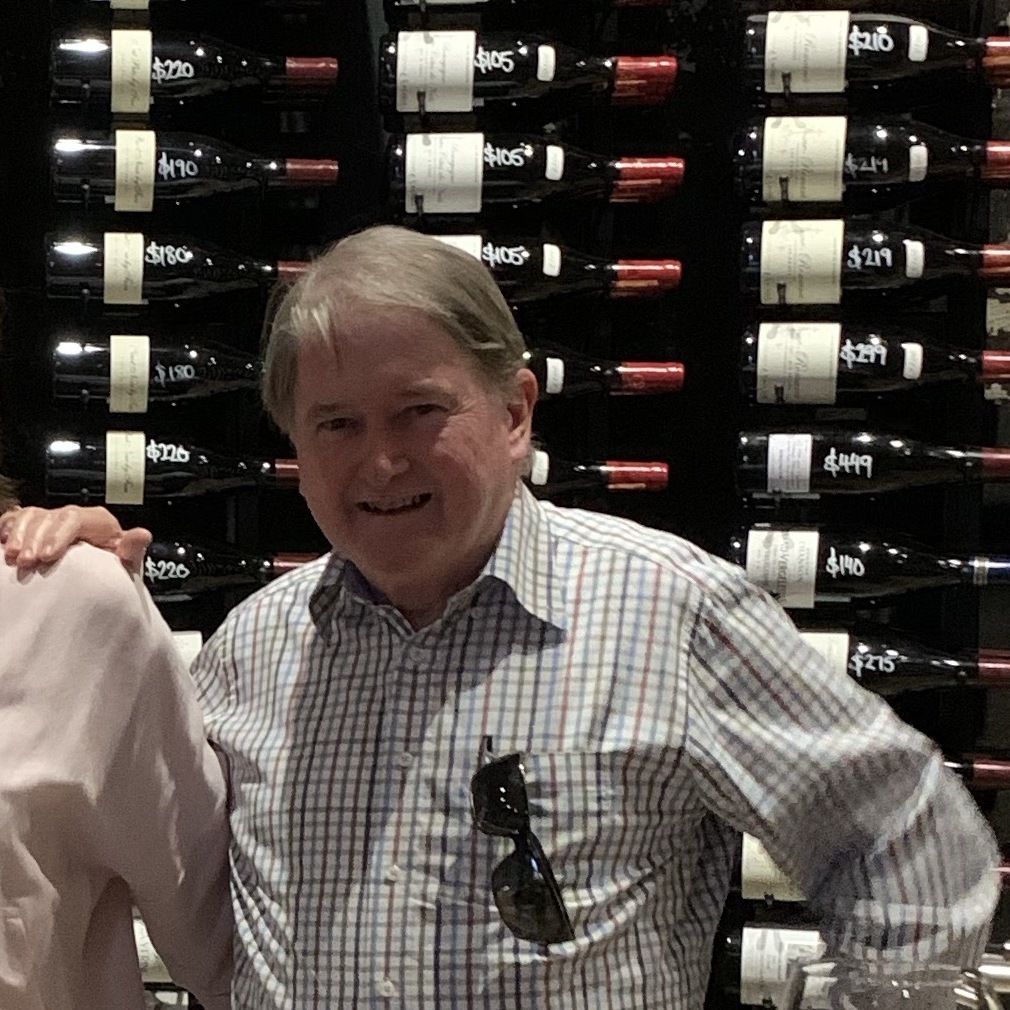
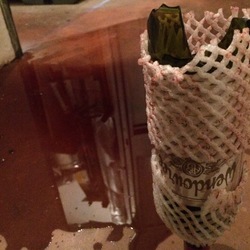
Terrazas de Los Andes
Cheval des Andes Mendoza Malbec Blend 2004
Dusty left bank aromatics. Strong at 15 years - a medium to full bodied palate still vibrant and alive. A word on Drinking Windows - A UK source I respect greatly said 2016-2018 for this wine but this tasting showed there was a lot of life left - maybe another 4 to 5 years I would say. To be fair it is an inexact science. This the Argentinian venture of Right Bank Icon, Chateau Cheval Blanc. 55% Malbec, 43% Cabernet Sauvignon and 2% Petit Verdot. There is no doubt you could mistake this as Bordeaux. An excellent Wine singing at 15 years. — 6 years ago
Château La Tour du Pin
Saint-Emilion Grand Cru Classe Red Bordeaux Blend 2009
I had a bottle of this wine a while ago and it was spectacular: 94pts. The second, which I drank a few weeks ago, was very good, but not as good as the first one, but still pretty decent: 90 pts. On average 92. A fine claret by the owners of Cheval Blanc. — 8 years ago
Juvé y Camps
Reserva Blanc de Noirs Cava Pinot Noir 2012
A perfect way to begin this delightful, paired, multi-course meal at Relais & Chateaux Akalare Restaurant in San Sebastián in the Basque region of Spain's north coast. Creamy, light bubbles, Catalonia Cava made from Pinot Noir grapes. Salut! — 8 years ago




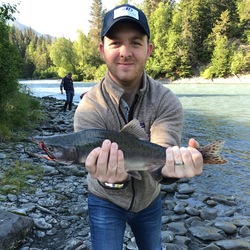

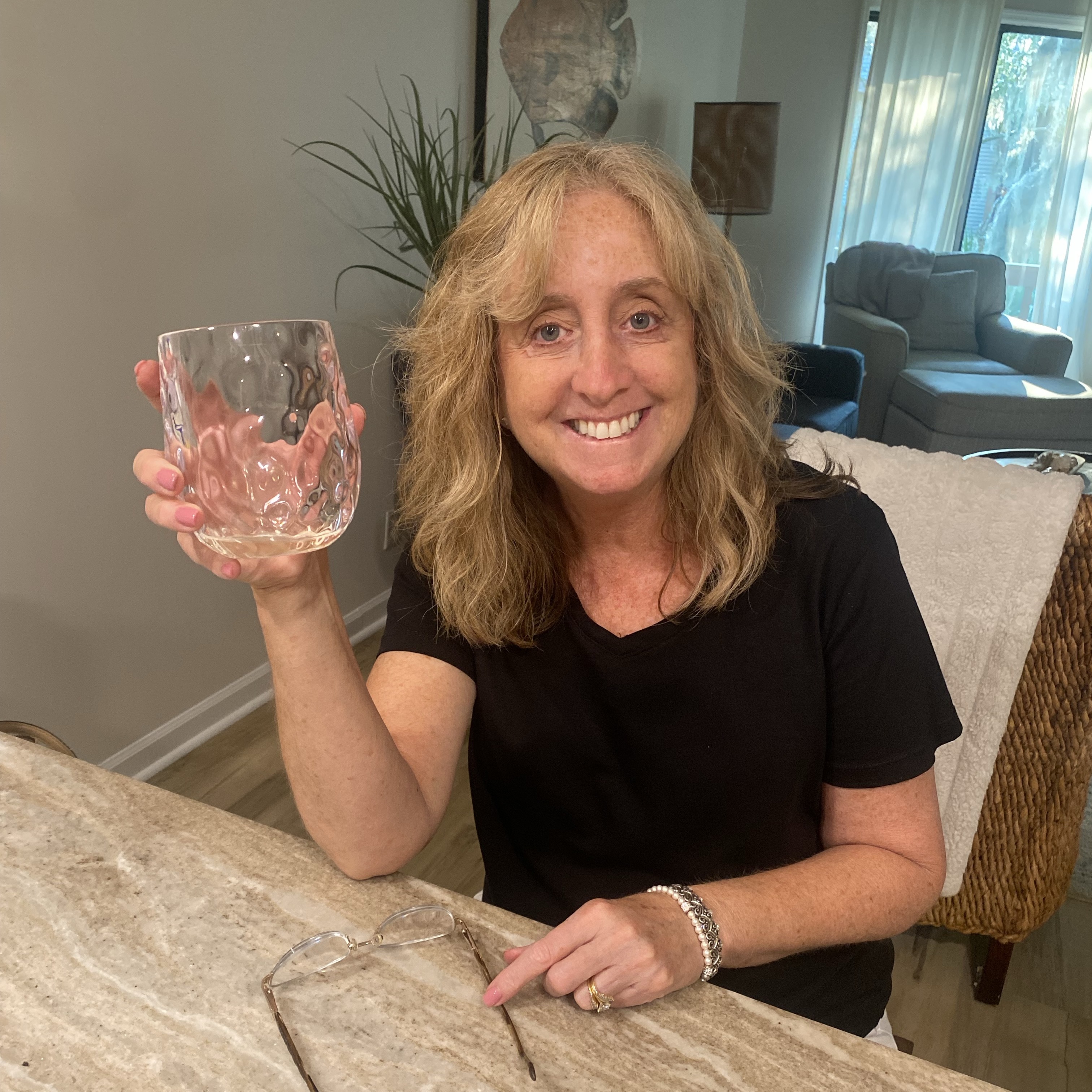
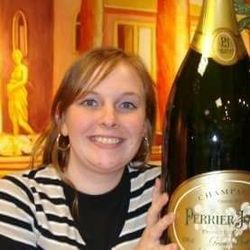

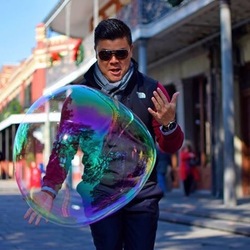


Peter Zandbergen
This is the white, not red. Sauvignon Blanc dominance — 2 years ago